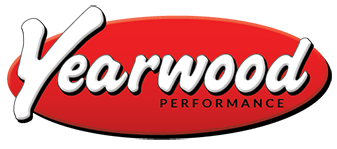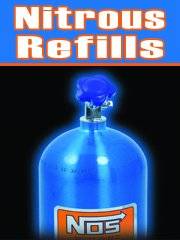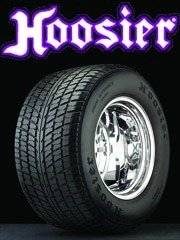Nitrous Part 2
Last issue we discussed some basics of nitrous oxide use and how it relates to your combustion engine. We briefly went over the different types of nitrous systems, dry and wet systems; single nozzle, direct port, plate kits, and plenum bars. The dry kit only injects nitrous the engine helps compensate with the fuel, typically these are only done on fuel injected engines, while a wet kit will provide both the additional nitrous and fuel.
Please note there are many ways to tune a nitrous system just as there are when tuning your engine. If you are running a small shot of nitrous on a larger displacement engine, the tuning window is pretty wide, while a smaller engine with the same amount of nitrous will require a more accurate tune to ensure everything goes smoothly. When tuning your kit, you will need to determine what a safe amount of nitrous would be for your application. Some common sense and logic will go a long way in this department. If your engine only produces 300 horsepower, it probably doesn’t need an additional 300 horsepower shoved into it. We will be more than happy to help you determine what horsepower is best for your ride. The amount of power we suggest will be regulated through the use of a metering jet. The jet is inline just before the nitrous and fuel is injected into the engine, either on the nozzle or a plate for a carbureted system.
The amount of fuel pressure you are running plays a big factor in getting the proper jetting. Higher fuel pressures require a smaller jet and lower pressure takes a larger jet, pressure changes the volume needed. Now, you can adjust your fuel pressure to help tune your kit, if you are a little rich (nitrous vs fuel ratio) you could always lower the pressure to help compensate for the ratio being too high. But, this is usually accomplished by just making a jet change. Lower fuel pressure kits run a small spread between the nitrous and fuel jets, maybe a spread of 0.004” or less on orifice size. But on a fuel injection engine, that spread will a lot higher. The fuel pressure will dictate the different spread in jet sizes. The difference between a carb system at 5 psi and a fuel injected system at 55 psi will literally reduce the fuel jet in half for the same size shot of nitrous. And the type of fuel you use also changes the jetting, a pump gas engine will use smaller jets than an alcohol or e85 engine. We have the tools available to get you pointed in the right direction and all the jets one might need to get the right tune up in your hot rod.
Next issue, we will talk some more about tuning and safety components that will help keep our car happy when we are spraying it. Meanwhile, stop on by for all the advice and nitrous refills you need.
- Yearwood Performance
- Home
- About
- Shop Parts
- Blog
- Sitemap
We Proudly Accept
- Visa
- Mastercard
- American Express
- Discover
- Paypal
Toll Free Sales & Support
341 Eubank Blvd. NEAlbuquerque, NM 87123 (855)411-YWPC
Monday - Friday 9:00am - 6:00pm MST
Saturday 9:00am - 4:00pm MST
Phone: (505) 293-9190
Toll Free:(855) 411-9972
Fax: 505 292-1496
Email: info@yearwoodperformance.com
Copyright © 2024 Yearwood Performance. All Rights Reserved.
Powered by Web Shop Manager.
Powered by Web Shop Manager.



john. 2024-02-19 01:05:29
Very detailed article. thanks for the information. aainflight
txtag. 2024-04-22 01:12:49
aainflight.com support